Of all the issues that plague me on a weekly basis and make my head hurt, one that never leaves the forefront of my mind is the fact that there are too many legendaries in this franchise. What started out as a niche and elusive category has ballooned over time to something that has become nearly unmanageable. I am, of course, talking about legendary Pokemon.
I was at just the right age to fall in love with Pokemon when it hit North America in 1998. I played for the next few years before losing interest, only to return in 2018, with the release of Let’s Go Eevee for the Nintendo Switch. With a bit of foresight after Christmas 2019, I took advantage of a sale at GameStop and bought into every generation of the franchise I had missed, as five generations worth of games could be played on a 3DS. I assumed these games would take me more than a year to make my way through, but that was okay, because they were quality RPGs for a busy parent with only moments to myself. Then the pandemic happened and I played all of Pokemon Platinum, Black, Black 2, X, Omega Ruby, and Ultra Sun by the end of May 2020. Beyond some issues with pacing, the biggest complaint I came away with was: There are too many legendary Pokemon.
I am someone who knows enough about April Fool’s Day to realize that for many, today nothing is sacred. With that said, I want to reassure you that we will be exploring the availability, relevance, and notoriety within each game these legendary creature first appeared in; I promise that I am playing this entirely straight. While I personally consider mythical pokemon to be in the legendary category, I will be avoiding them in this discussion at least for today, due to the fact that most are not natively available without an external event or hacking of the games.
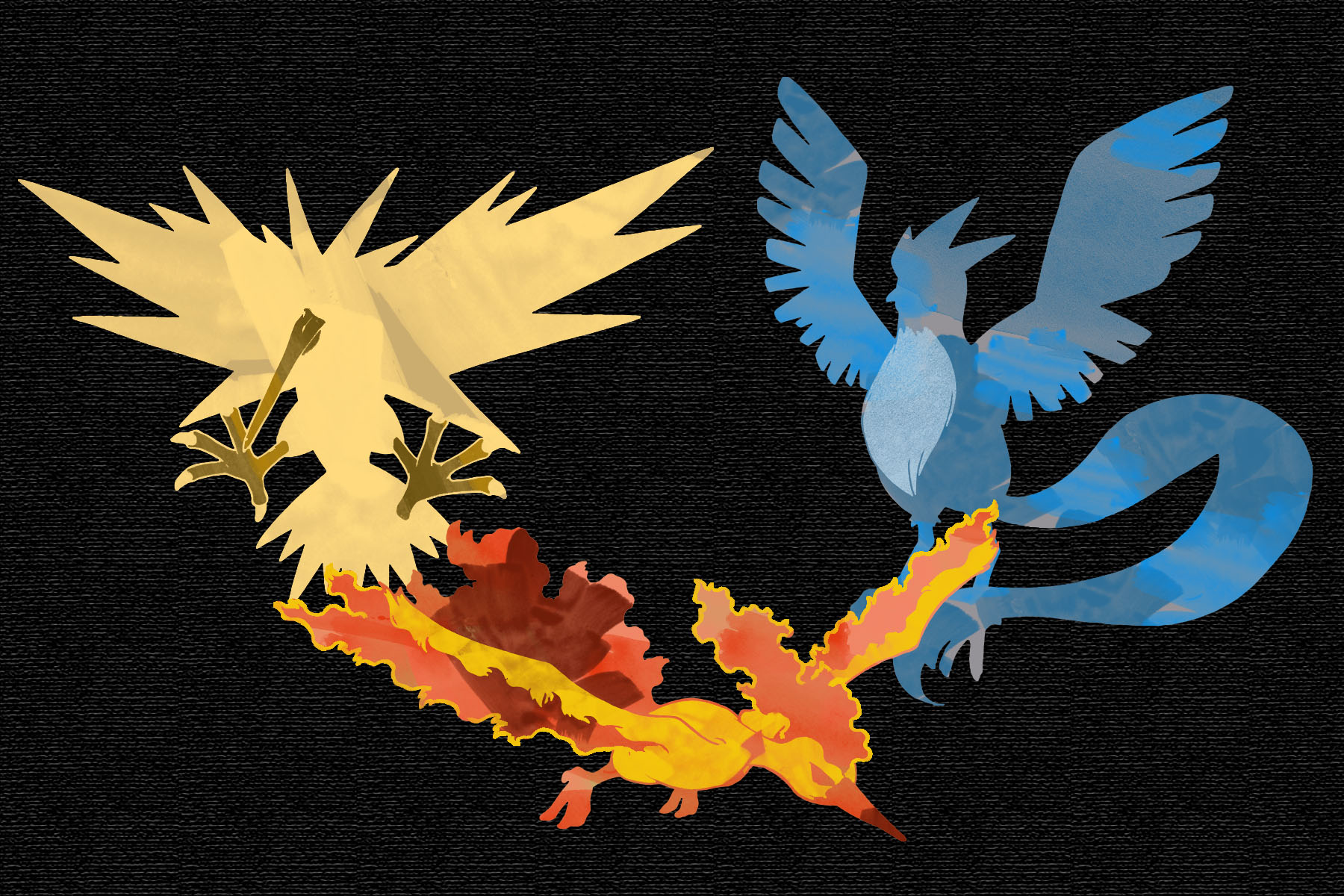
Humble Beginnings
In the beginning, we had the legendary birds, three elemental flying-types who were dispersed across the original region of Kanto. They could be entirely missed if you didn’t explore the region, providing players with a reward for backtracking some to traverse areas from hours earlier in their journey. As a 90s kid, my first experience with the franchise was with Pokemon Blue and this experience that really stuck with me.
During my personal first playthrough of Blue, I believe Articuno was the legendary pokemon I located, as it required a multi-level puzzle to reach. On the other hand, I found Zapdos first among my friends, because they were focused on completing the game and didn’t explore at all. And then there was Moltres, found right before the Elite Four. I recall one of the other boys in my class warning some of the cool kids about it, so that they could grab it before entering the final boss rush of the game. By today’s standards, the birds might be unimpressive to find and use, but for the time, these stationary legends were awe-inspiring and powerful enough to warrant the quest required to find them.
Finally, there is Mewtwo, likely the most iconic of the quartet, hidden away in a cave—the post-game content every player was aiming to get. No doubt overpowered, Mewtwo was the first piece of post-game content in any game I had worked towards to my recollection.
What I have come to appreciate from these early legendary Pokemon are that they are completely optional, and for the most part reward the player for exploring off of the beaten path. Mewtwo is a little bit more central to the plot, in that there is foreshadowing that it exists if you happen to pay attention to the notes that are in the mansion on Cinnabar Island. Overall, these humble beginnings were just enough to increase the replayability of these games without being unachievable.
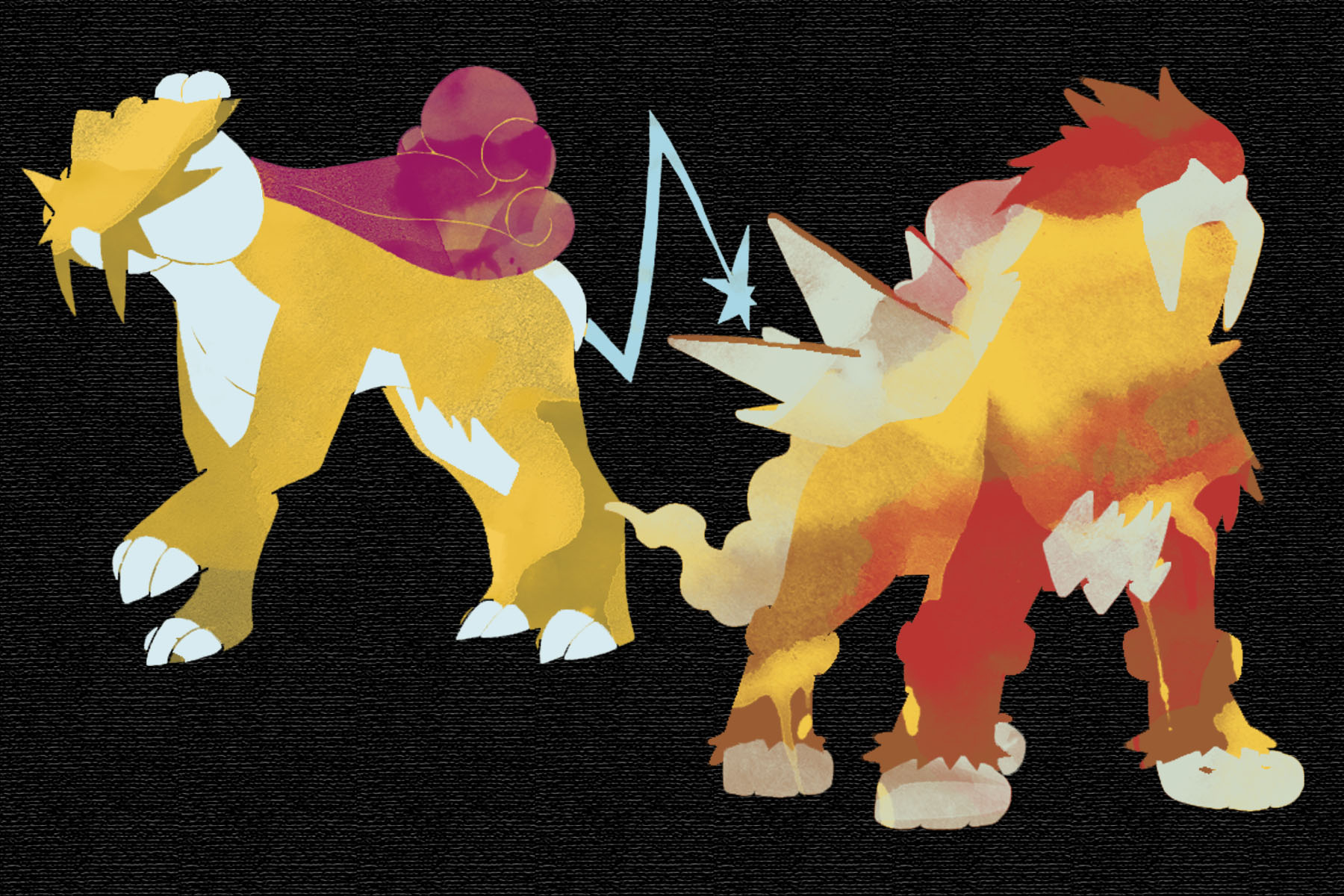
In the inevitable sequels, Pokemon Gold and Silver, we were introduced to five new legends, starting with the legendary beasts—Raikou, Entei, and Suicune. Through this trio, the concept of roaming Pokemon was introduced. No longer stationary, these three could be stumbled upon at anytime after the player releases them from the Burned Tower. I don’t even have an issue with the concept of a roaming Pokemon, but it certainly represents an unknowable time investment to find and capture them. Overall, I prefer these three over the legendary birds, simply because the designs of all three transitioned out of the 2D graphics so much better.
Rounding out the generation, the box art legends Lugia and Ho-Oh stand out as, to my knowledge, the only pair available for capture in both of their original games. In Gold version, Ho-oh is available during the main campaign, with Lugia playing the role of post-game content and vice versa in Silver. This is wonderful in my opinion as both are powerful and have distinct designs, making either a plausible reward for making your way through the post game.
The second generation presented mythological themes in the place of the technological themes of the first generation, which carried over into these legends. The legendary beasts were a trio of resurrected ancient pokemon who died in the Burned Tower, Ho-Oh was a guardian of the skies, bringing luck to pure-hearted trainers, and Lugia being more of a creature of the night, with the ability to calm raging storms. While more in your face, I think this grouping of five were strong additions to the line-up of legendary Pokemon.
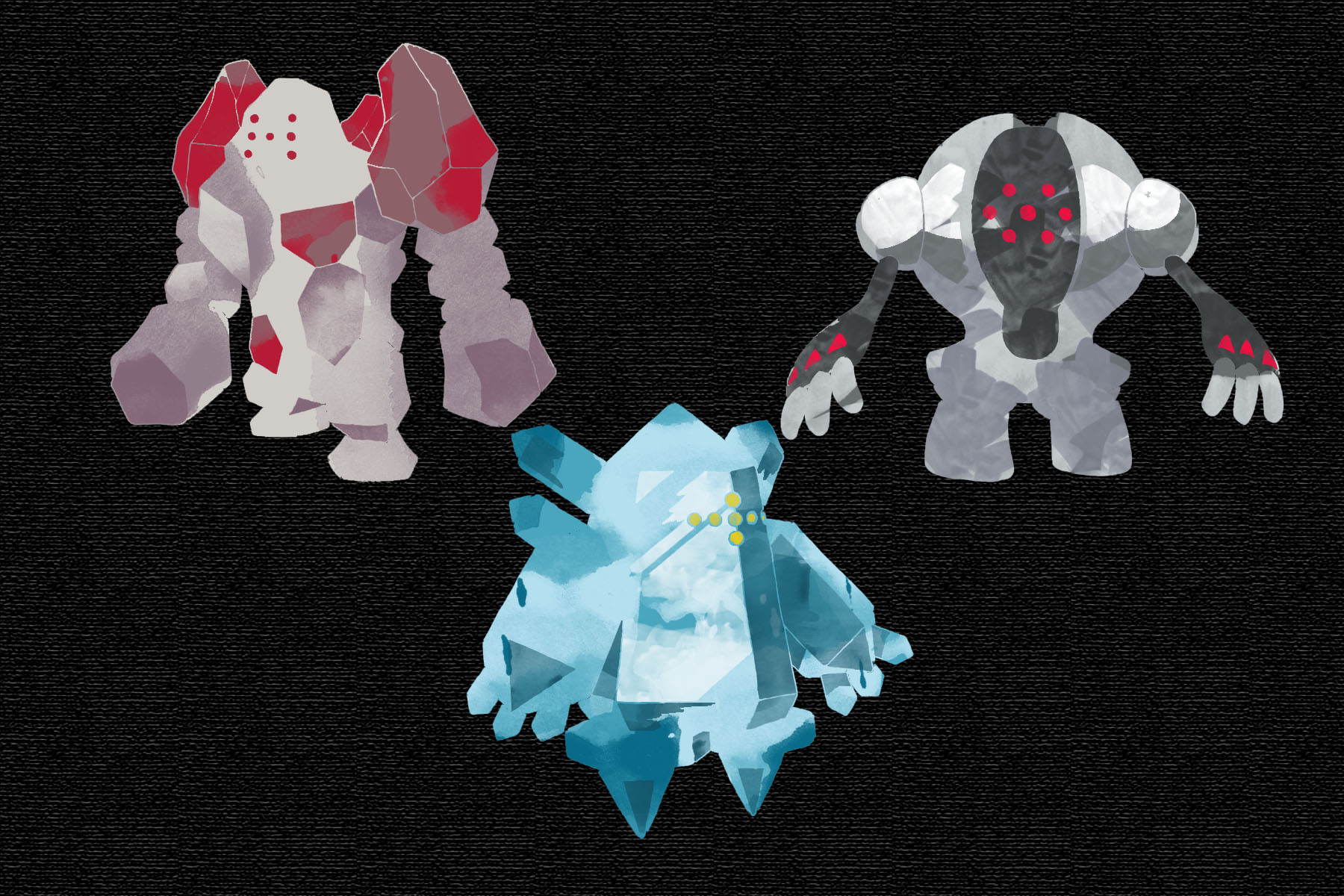
Trio Fever
At the time of the third generation in Hoenn, I had fallen off the franchise; meaning from this point forward, my nostalgia will no longer cloud my opinions. Starting with the box art legendaries: Groudon, Kyogre, Rayquaza. Not only was this trio’s importance in the world bigger, as they have domain over the land, sea, and sky, respectively, but the plot began to make them a crucial part of your play experience. In the case of Groudon and Kyogre, you are driven directly into their path and have to either catch or cause them to faint if you would like to progress through the game.
This honestly seems like an inevitable choice for the game designers, equipping players with powerful monsters while packing the game with more illusive monsters akin to what we had come to expect in the first two generations. This is where Latias and Latios come into play, each were version-exclusive roaming legendaries that would be unleashed into Hoenn in the post game. The straightforward way for a player to get both was through trading, but there was also a peripheral way to get the other version’s roamer in your version.
Finally, the three legendary golems Registeel, Regice, and Regirock were so powerful, it was required that they be sealed away in caves across the region. They could only be found after you deciphered Braille messages in a fourth location. The steps for each Regi were the kinds of things that made me disappointed in retrospect that I didn’t get to play the games when they were released. These methods included not moving your character for two minutes or going to the middle of the room and using an HM move. These illogical prerequisites sound like the kinds of things going around the playground during Red and Blue—but this time, the rumors were true.
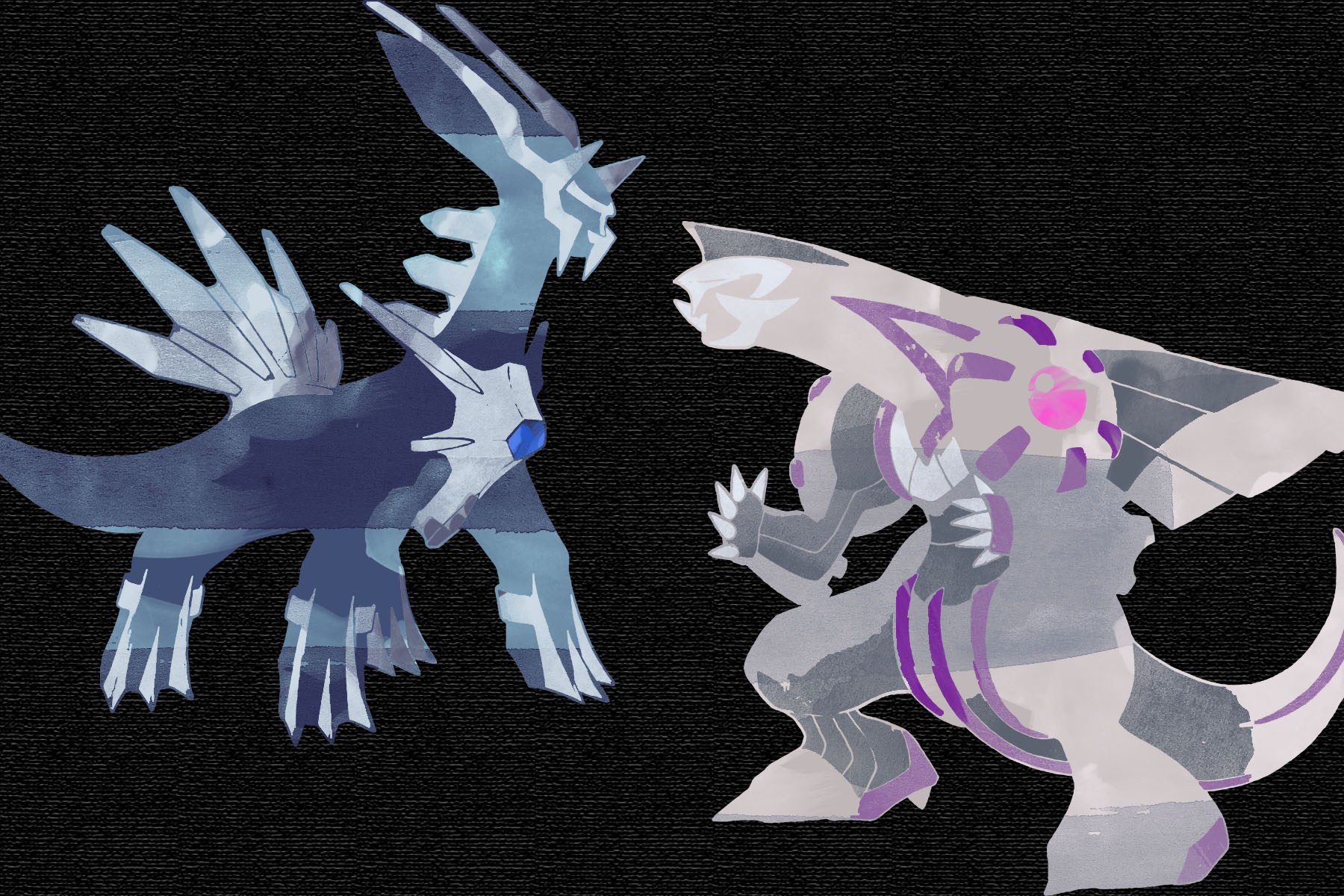
For as much as I genuinely enjoy the legendary Pokemon that came out of the fourth generation, they came with a couple missteps. The three Lake Guardians, Azelf, Mesprit, and Uxie, are crucial to the story, but aren’t mentioned until they have already been abducted by the evil team of the generation. After freeing them, they return to their respective lakes, where Uxie and Azelf can be caught immediately. However, after encountering Mesprit, it flies off and roams the region.
The Sinnoh generation was also where bigger themes like the creation of the universe came into focus. Once again we were driven directly to the box art legendaries by the plot. This trio consisted of Dialga being the embodiment of Time, Palkia representing Space, and Giratina representing antimatter. As box art legendaries, I can forgive those three, but scattered across the region in the post-game were Heatran, Regigigas, and another roaming legendary, Cresselia. Heatran and Cresselia were honestly not too resource intensive, but Regigigas required that you had Registeel, Regice, and Regirock transferred from the previous generation to obtain it.
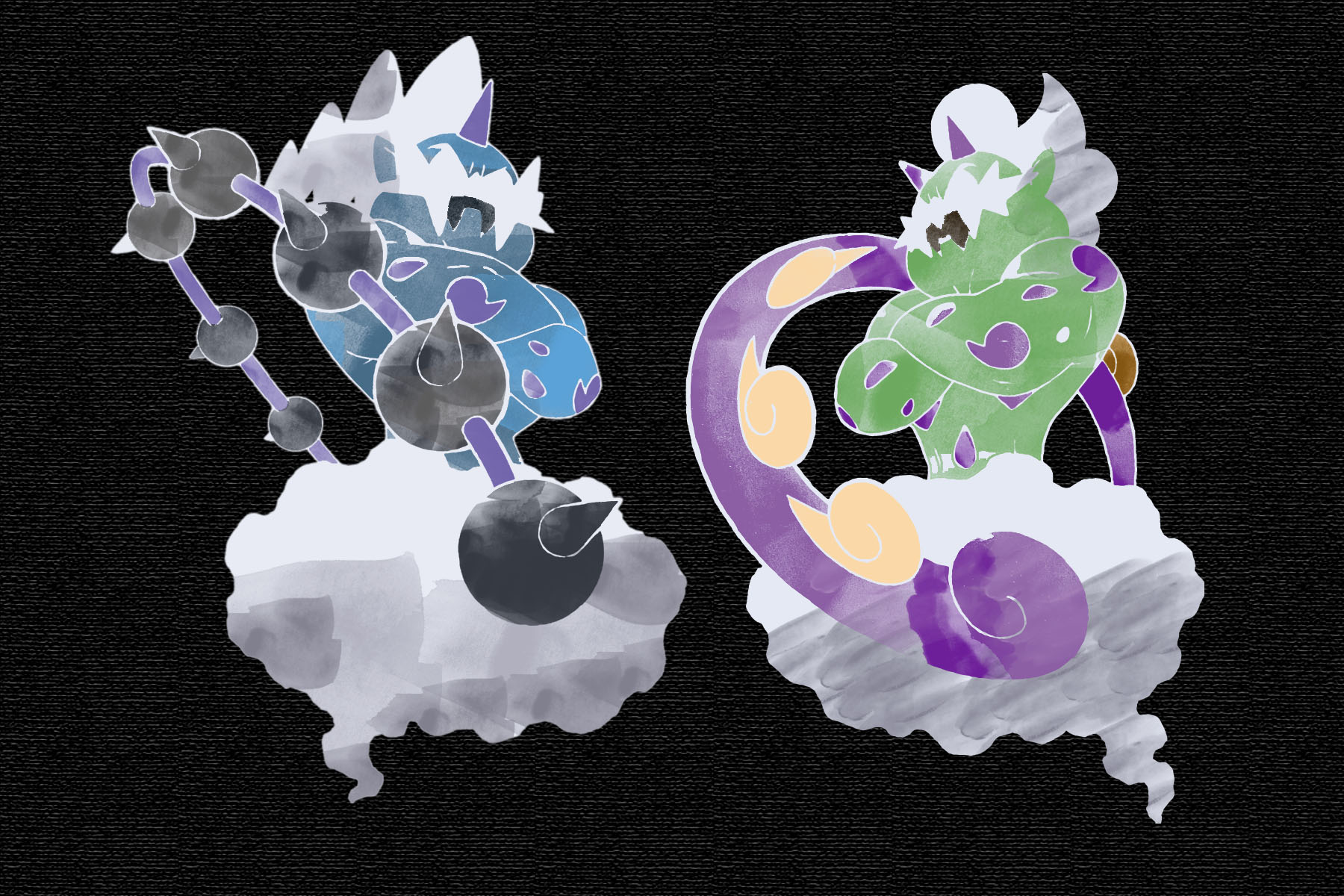
Last for this week, we have some of my favorite legendary creatures from the franchise and in my opinion, the strongest showing of legendary Pokemon to premiere in a generation together. Starting off with the Swords of Justice, Cobalion, Terrakion, and Virizion, who are a throwback to the legendary birds of generation one, in that they are hidden away and require some exploration to make their presence known. The trio draws inspiration from the titular characters from the French novel, The Three Musketeers, and what I really love is their distinct designs when compared against each other. Cobalion being primarily a teal color that invokes a heavenly being walking the earth, Terrakion sporting the coloring and shape of a brawler, and Virizion being a bold green with very vain body language. They were some of the last things I discovered as I traversed Unova and I feel that added to my enjoyment of them.
Next we have the trio that you’re likely to be aware of for most of your playtime, the box-art legendaries Reshiram, Zekrom, and Kyurem. Taking a step back from the larger themes of land, sea, time and space, this generation drew inspiration from the yin-yang in the balance between Reshiram and Zekrom, and the concept of wuji (the absence of yin and yang) through Kyurem. This more subdued balance stuck with me, as it spoke to an internal conflict of truth vs. ideals. In terms of plot, these were the most important legendaries of this week’s list, becoming part of your team right before the final two-part boss fight to end the main campaign.
Lastly, we have the Forces of Nature: Tornadus, Thundurus, and Landorus. As should probably be expected by now, Tornadus and Thundurus were version exclusive roaming legendaries that could be unleashed upon the region just before heading to the Elite Four. Once captured, you can borrow the other exclusive from a friend and bring them to a post game location to find Landorus. I would be more critical of these three for being lazy designs, as they are practically pallet swaps. But in the sequel games Black 2 and White 2, it was possible to get a key item that could unlock more distinct forms. Along with an entire peripheral game that allowed you to capture these alternate forms outright.
My intent when I started this article was to cover the entire franchise and all the legendaries that fit into it. But as I began to work on this, I realized I didn’t want to skim over details just to try to fit all of this into a neat two thousand words. And that is why this will continue next time, as we explore generations six through eight and the proliferation of legendary pokemon. This will also allow for me to speak a little bit to how legendary Pokemon have been collectible in generations past where they premiered, making obtaining these creatures less of an issue and more of a never-ending checklist to satisfy. We are certainly going to have a lot to talk about regardless and I hope you will join me again.
Ryan Sainio is a Graphic Designer who writes about EDH and the EDH community. He has been playing Magic: the Gathering since 7th Edition in 2002 and values flavorful and fun gameplay over competitively optimized decks.

